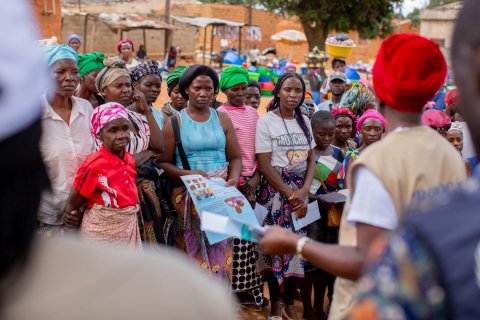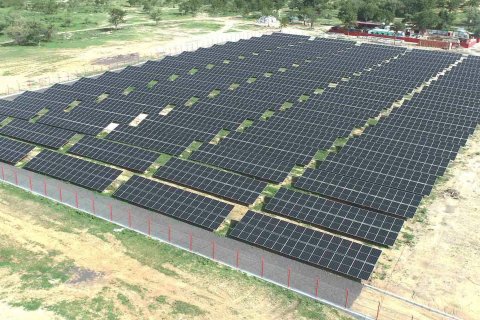"In Luengue Luiana, where studies indicate that we have the largest concentration of wildlife, we carried out the animal census last December and, since October 2024, we have been monitoring a certain number of elephants, which has already been helping the country to define its routes, something we also intend to do for other animal species", said João Lourenço.
He admitted that there is still a "long way to go" and that the country still faces several challenges such as deforestation, fires, poaching, etc.
"However, we know that there is still a long way to go. We face challenges such as deforestation, fires, poaching, human-animal conflict and the impacts of climate change," he said.
"However, with determination and solid partnerships, we have made remarkable progress and we will continue to fight so that Angola is an example of environmental preservation on our continent," he added.
Among other aspects, during his speech, the head of state highlighted that the country wants to "expand conservation areas from 13 percent to 16 percent, with the following new areas having been proposed: Morro do Moco in the province of Huambo, Cumbira Forest in the province of Cuanza Sul and the Serra do Pingano in the province of Uíge".
"Later this year, we will have the first marine conservation area on the coast of the province of Namibe, as well as the first biosphere reserve, which will extend from the Quissama National Park to the sea", announced João Lourenço.
Organized by the Ministry of the Environment, the conference takes place until Friday, in the country's capital.







